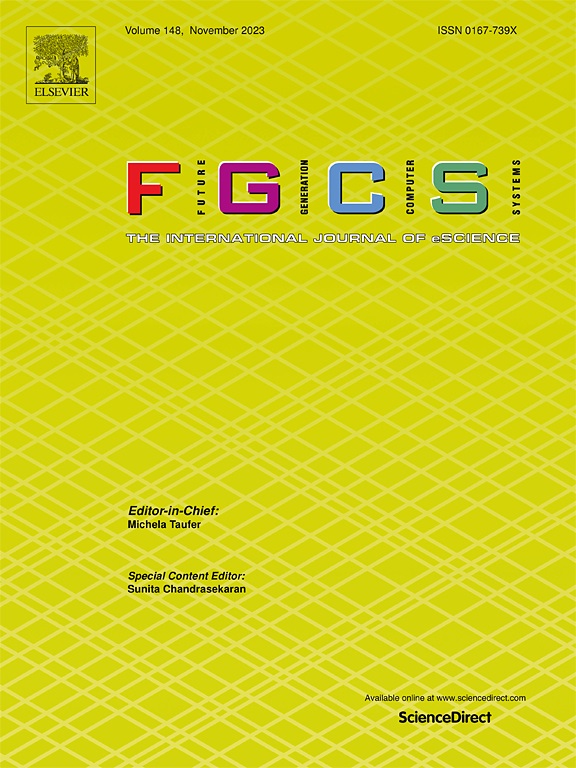WFE-Tab: Overcoming limitations of TabPFN in IIoT-MEC environments with a weighted fusion ensemble-TabPFN model for improved IDS performance
IF 6.2
2区 计算机科学
Q1 COMPUTER SCIENCE, THEORY & METHODS
Future Generation Computer Systems-The International Journal of Escience
Pub Date : 2025-01-18
DOI:10.1016/j.future.2025.107707
引用次数: 0
Abstract
In recent years we have seen the emergence of new industrial paradigms such as Industry 4.0/5.0 or the Industrial Internet of Things (IIoT). As the use of these new paradigms continues to grow, so do the number of threats and exploits that they face, which makes the IIoT a desirable target for cybercriminals. Furthermore, IIoT devices possess inherent limitations, primarily due to their limited resources. As a result, it is often impossible to detect attacks using solutions designed for other environments. Recently, Intrusion Detection Systems (IDS) based on Machine Learning (ML) have emerged as a solution that takes advantage of the large amount of data generated by IIoT devices to implement their functionality and achieve good performance, and the inclusion of the Multi-Access Edge Computing (MEC) paradigm in these environments provides the necessary computational resources to deploy IDS effectively. Furthermore, TabPFN has been considered as an attractive option for solving classification problems without the need to reprocess the data. However, TabPFN has certain drawbacks when it comes to the number of training samples and the maximum number of different classes that the model is capable of classifying. This makes TabPFN unsuitable for use when the dataset exceeds one of these limitations. In order to overcome such limitations, this paper presents a Weighted Fusion-Ensemble-based TabPFN (WFE-Tab) model to improve IDS performance in IIoT-MEC scenarios. The presented study employs a novel weighted fusion method to preprocess data into multiple subsets, generating different ensemble family TabPFN models. The resulting WFE-Tab model comprises four stages: data collection, data preprocessing, model training, and model evaluation. The performance of the WFE-Tab method is evaluated using key metrics such as Accuracy, Precision, Recall, and F1-Score, and validated using the Edge-IIoTset public dataset. The performance of the method is then compared with baseline and modern methods to evaluate its effectiveness, achieving an F1-Score performance of 99.81%.
求助全文
约1分钟内获得全文
求助全文
来源期刊
CiteScore
19.90
自引率
2.70%
发文量
376
审稿时长
10.6 months
期刊介绍:
Computing infrastructures and systems are constantly evolving, resulting in increasingly complex and collaborative scientific applications. To cope with these advancements, there is a growing need for collaborative tools that can effectively map, control, and execute these applications.
Furthermore, with the explosion of Big Data, there is a requirement for innovative methods and infrastructures to collect, analyze, and derive meaningful insights from the vast amount of data generated. This necessitates the integration of computational and storage capabilities, databases, sensors, and human collaboration.
Future Generation Computer Systems aims to pioneer advancements in distributed systems, collaborative environments, high-performance computing, and Big Data analytics. It strives to stay at the forefront of developments in grids, clouds, and the Internet of Things (IoT) to effectively address the challenges posed by these wide-area, fully distributed sensing and computing systems.

 求助内容:
求助内容: 应助结果提醒方式:
应助结果提醒方式:


